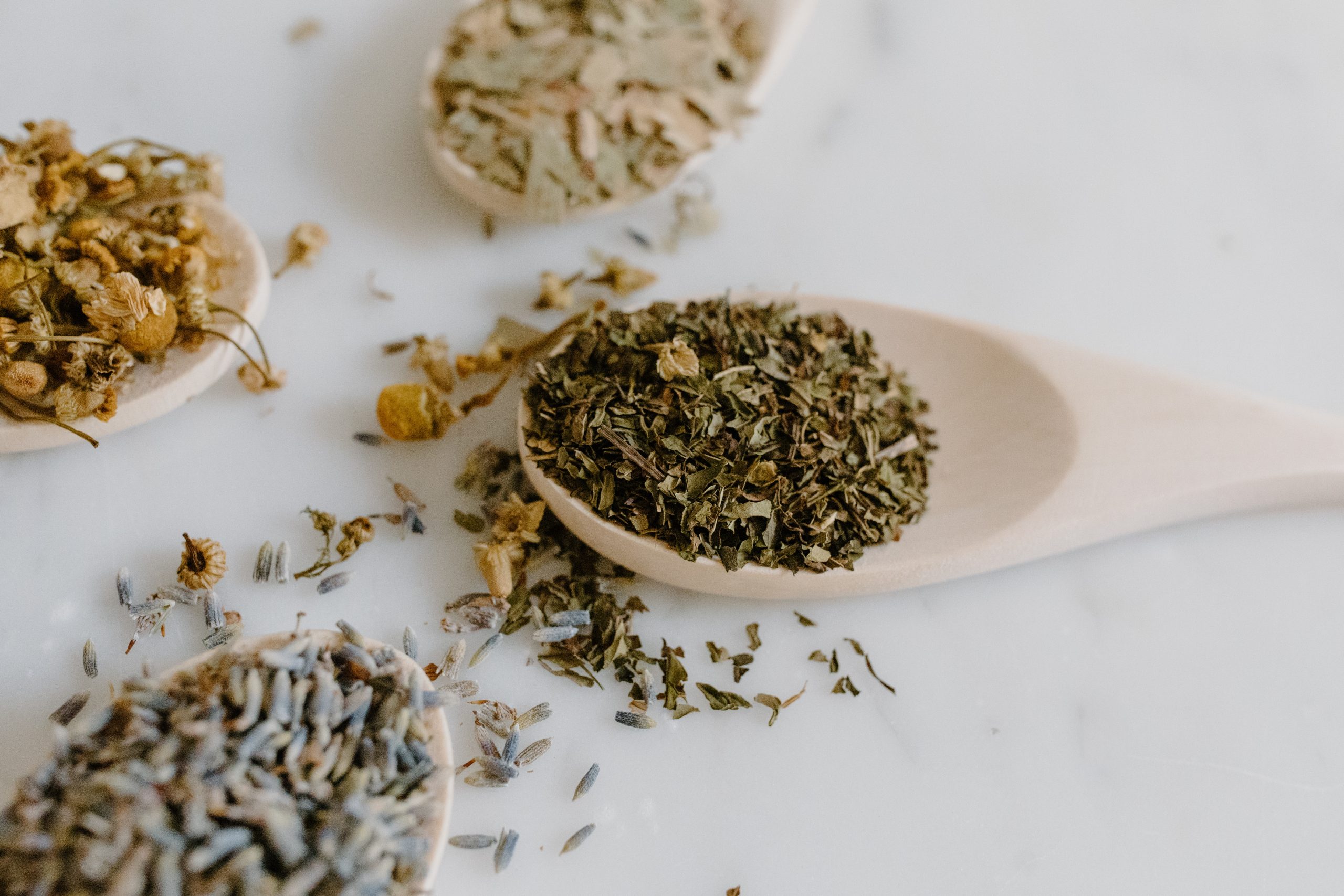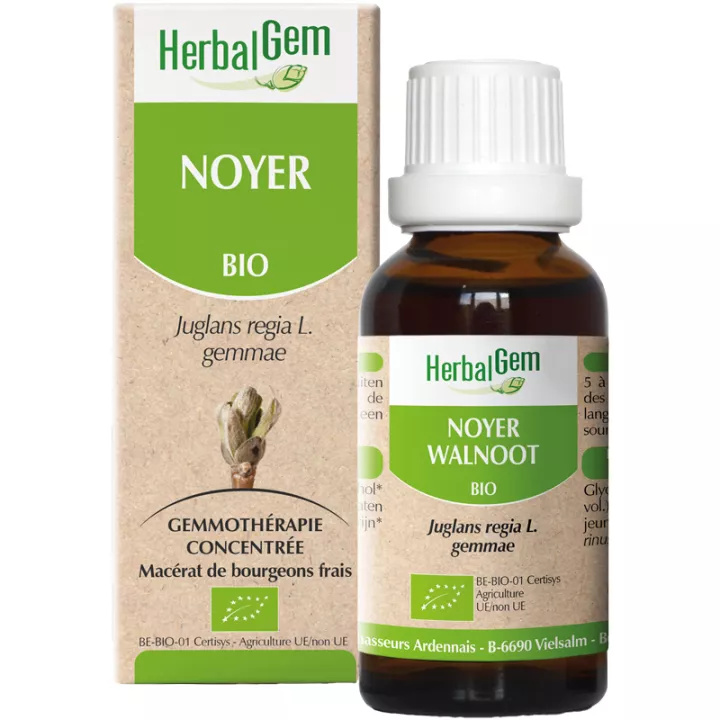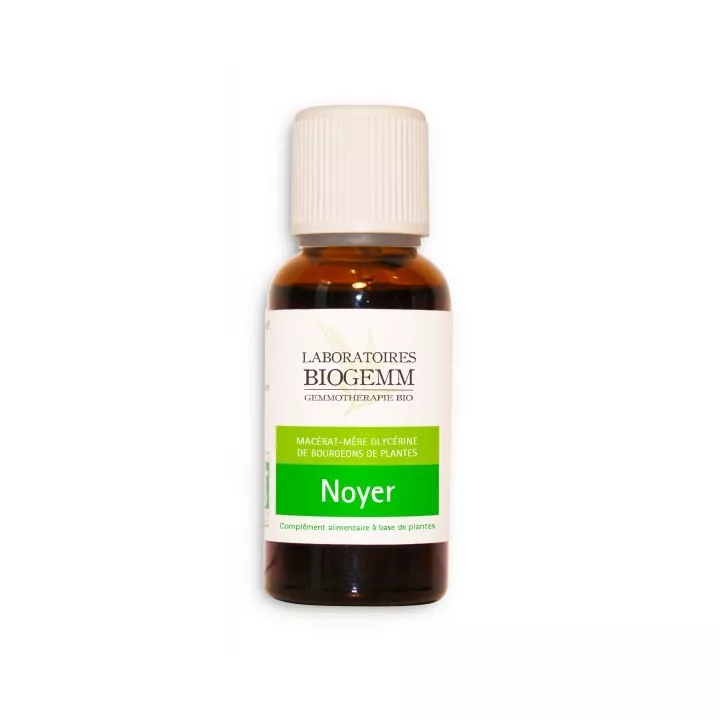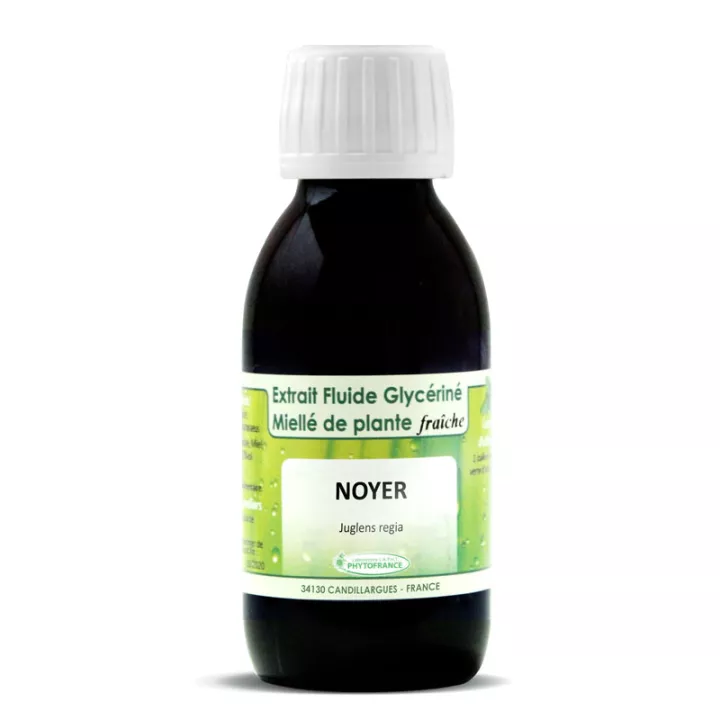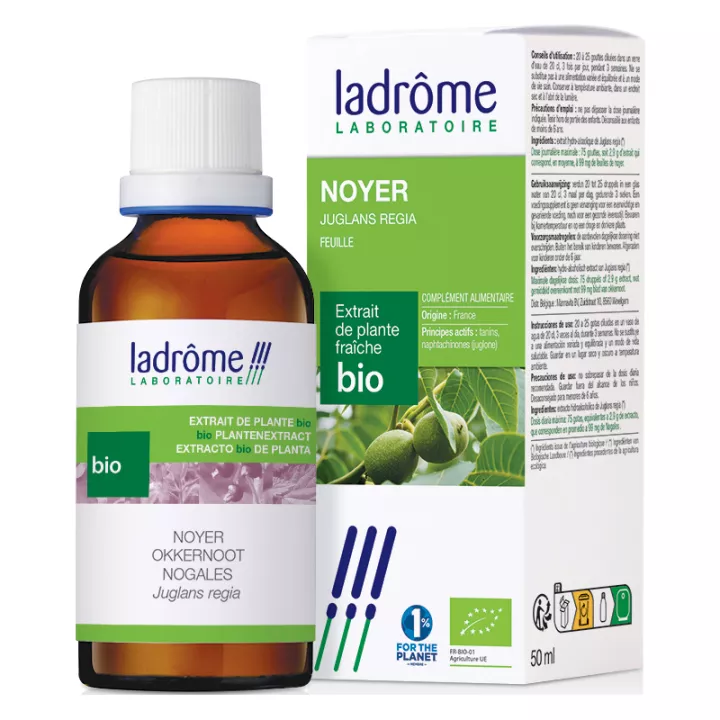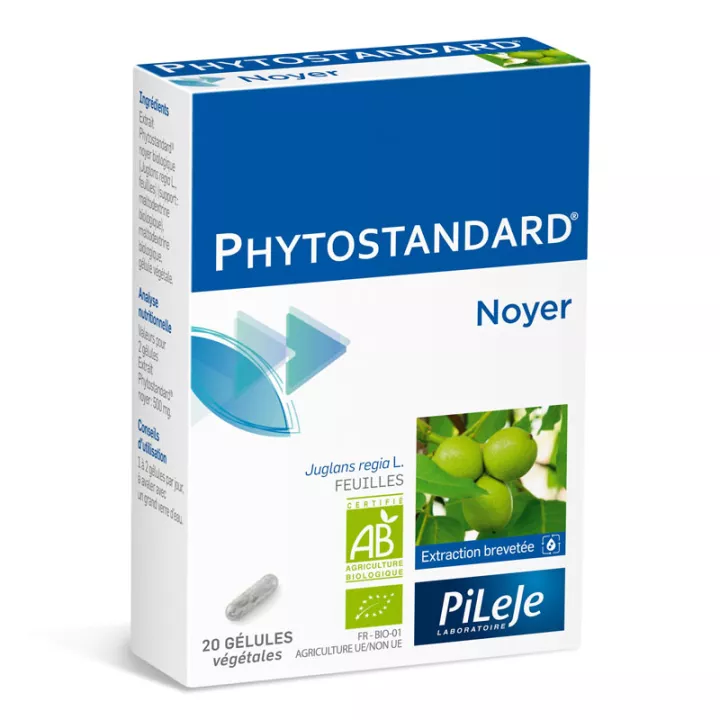What is red cinchona bark used for?
Cinchona bark is a natural remedy with multiple therapeutic virtues. Used for centuries, it is particularly sought-after for its beneficial properties in the treatment of various health disorders. Here's a detailed overview of its benefits.
One of the main characteristics of red cinchona bark is its anti-inflammatory efficacy. Joint pain, often caused by conditions such as arthritis, can be alleviated thanks to this bark. The active compounds present in the bark, such as quinine and quinidine, are known to inhibit inflammatory processes in the body. This makes it a wise choice for those seeking natural relief without resorting to synthetic drugs. By incorporating red cinchona bark into your routine, you can improve mobility and reduce daily discomfort.
In addition to its anti-inflammatory properties, cinchona bark has antipyretic effects. It is traditionally used to treat fever, particularly in the context of infectious diseases. Its action on the immune system regulates body temperature and helps fight infections. The bark is particularly famous for its use in the treatment of malaria. Thanks to its high quinine content, it effectively relieves symptoms such as chills and headaches associated with this disease. Its preventive use is also recognized, offering valuable protection against epidemics.
The benefits of red cinchona bark don't stop there. It is also beneficial for digestion. By stimulating the secretion of gastric juices, it promotes better absorption of essential nutrients and helps alleviate common digestive disorders such as bloating or abdominal pain. If you suffer from digestive asthenia or loss of appetite, red cinchona bark can act as an effective tonic, helping you regain your vitality. Regular consumption helps maintain a healthy balance in your gastrointestinal system.
Iphym also offers liquorice raked roots at the best price in our online pharmacy.
How to use this plant
Internal use:
To enjoy the multiple benefits of red cinchona bark, here are some simple instructions for use:
-
Maceration: macerate 20 grams of bark in a liter of water at room temperature for one hour. This method gently extracts all the active ingredients.
-
Decoction: Boil 20 grams of bark in a liter of water, then halve the volume and filter. This method is ideal for obtaining a concentrated extract.
-
Powder: Consume between 1 and 6 grams of powder per day. This format is perfect for those who wish to incorporate it easily into their meals.
Give your opinion on the advice for use and dosage of Red cinchona bark with our partner Verified opinions after your purchase.
Precautions for use :
It is essential to observe certain precautions:
- Do not use when pregnant or breast-feeding.
- Women suffering from anemia due to heavy menstruation should use nettle instead.
- Do not give to children under 12.
- Nettle bark may interact with anticoagulants, so it is advisable to consult a health professional before use.
What does it contain?
- Latin name: Cinchona pubescens
- Family: Rubiaceae
- Common names: Peruvian bark, Kina, Jesuit powder, Feverwood
- Parts used: Bark
Red cinchona bark contains a variety of beneficial ingredients:
Quinoleic alkaloids, Quinine, Quinidine, Indolic alkaloids, Cinchonamine, Phenolic compounds, Cinchonaines, Proanthocyanidols, Organic acids, Quinic acid, Bitter terpenic saponosides, Quinovine, Anthraquinones, Aromatic essence.
Presentation: Available in 100 g, 250 g or 1 kg formats, you can choose the quantity that best suits your needs.
